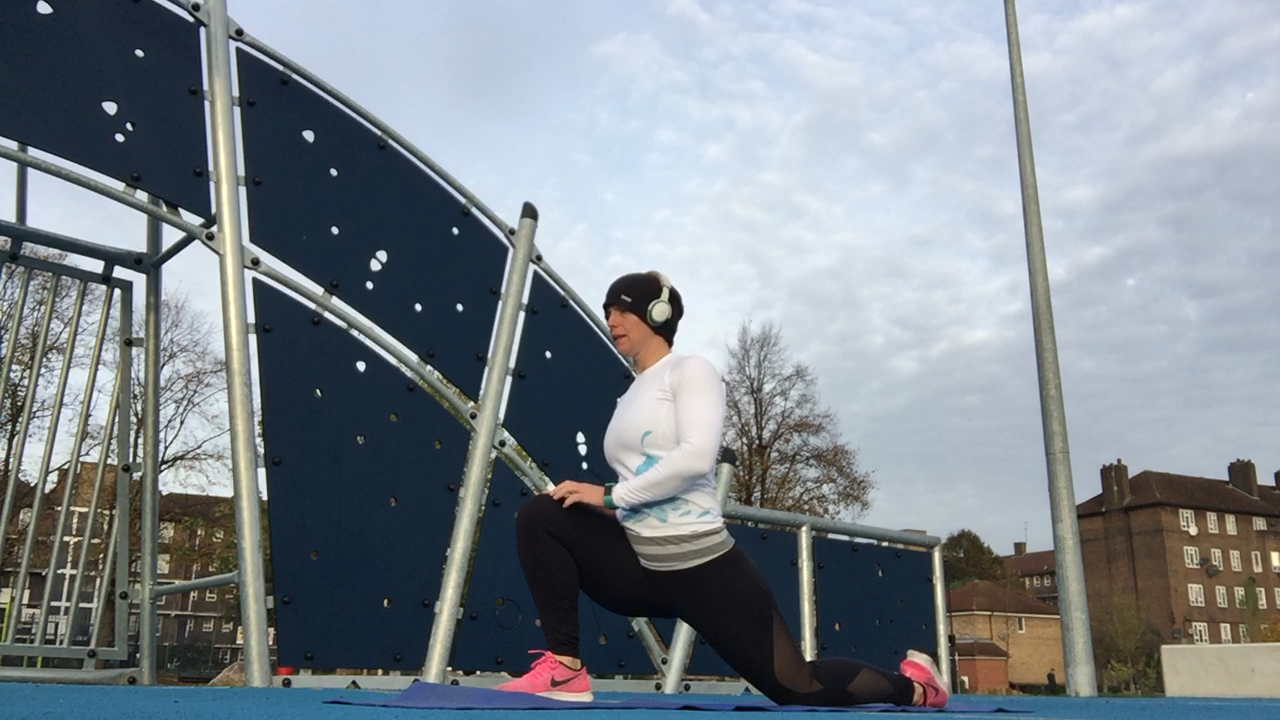In order to calculate your Basal Metabolic Rate, you'll need the below measurements. Your BMR is how many calories you would need to live if you lay still all day.
Gender: Female
Height centimetres: 160cm
Heigh in feet: 5
And inches: 3
Height in inches: 63
Body Weight: 128 lbs
Depending upon whether you are a man or woman will depend on which of the below measurements you use. I have included an example of both male and female calculations for reference.
Ideal Body Weight (for my height) Calculation = allocate 100lbs for the first 5ft + 5lbs for every 1 inch over 5 ft
Ideal Body Weight (lbs) = 100 + (5 * 3) = 115lbs
Basal Metabolic Rate Calculation = Ideal Body Weight * 10
BMR (female - 5ft 3in) = 115 * 10 = 1,150 calories
Add 30% more calories for sedentary life = 1150 + (1150 * 0.3 ) = 1,495
Add 50% more calories for moderately active life = 1150 + (1150 * 0.5 ) = 1,725
Add 100% more calories for active life = 1150 + (1150 * 1 ) = 2,300
In order to calculate your Basal Metabolic Rate, you'll need the below measurements. Your BMR is how many calories you would need to live if you lay still all day.
Gender: Male
Height centimetres: 193cm
Heigh in feet: 6
And inches: 4
Height in inches: 76
Body Weight: 195 lbs
Ideal Body Weight (for my height) Calculation = allocate 106lbs for the first 5ft + 6lbs for every 1 inch over 5 ft
Ideal Body Weight (lbs) = 106 + (6 * 16) = 202lbs
Basal Metabolic Rate Calculation = Ideal Body Weight * 10
BMR (Male - 6ft 4in) = 202 * 10 = 2,020 calories
Add 30% more calories for sedentary life = 2020 + (2020 * 0.3 ) = 2,626
Add 50% more calories for moderately active life = 2020 + (2020 * 0.5 ) = 3,030
Add 100% more calories for active life = 2020 + (202 * 1 ) = 4,040
Having seen the figures, it's not surprising that I put weight on when I moved in with my husband. He requires almost twice as many calories as me a day!






